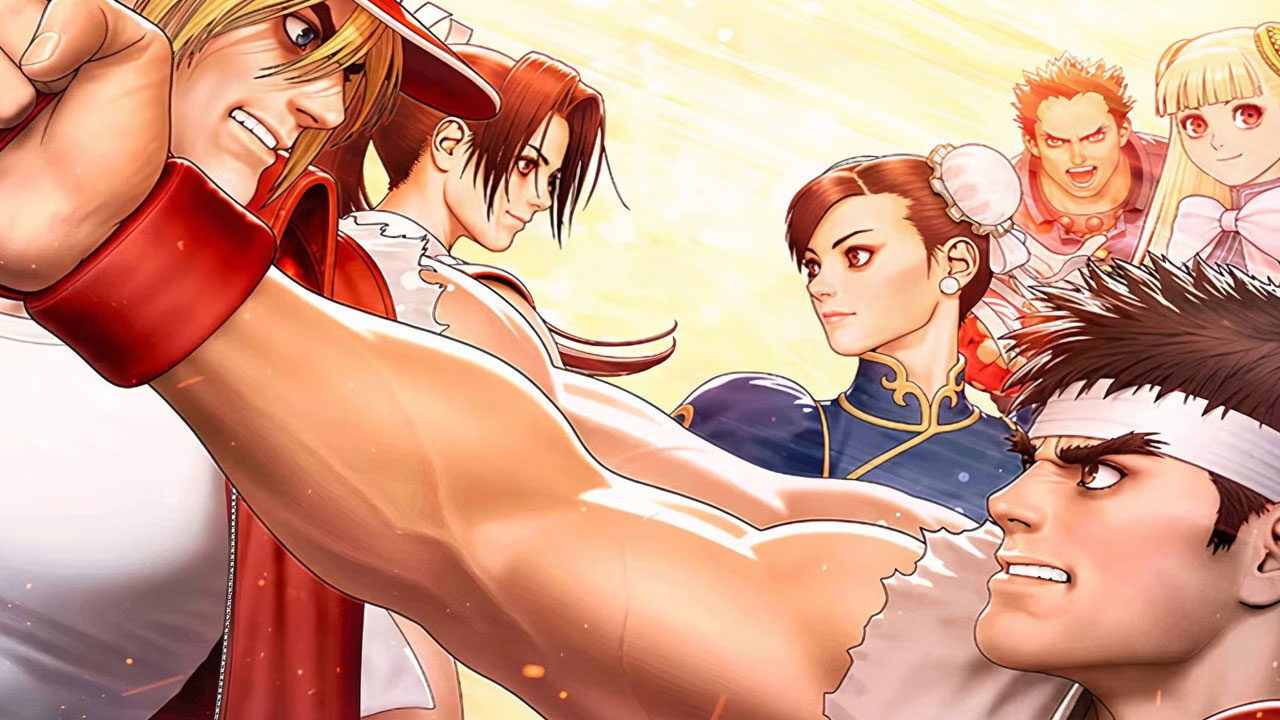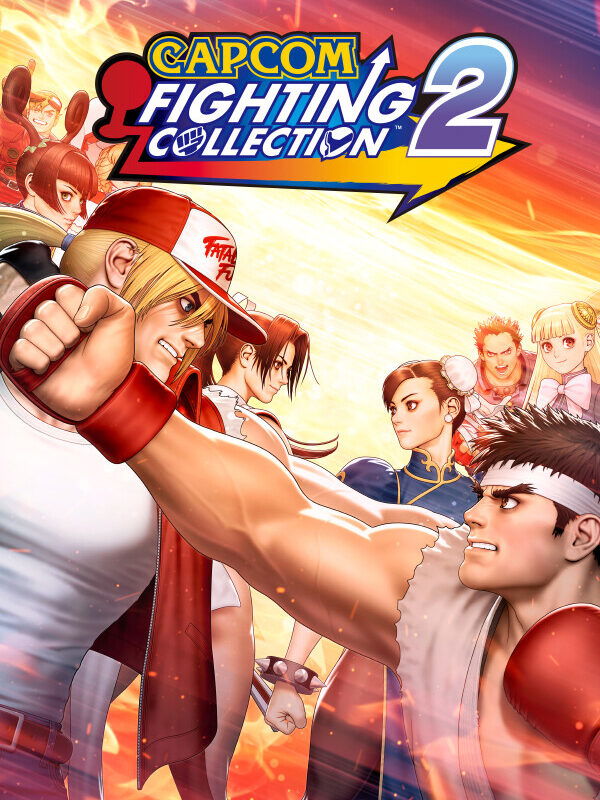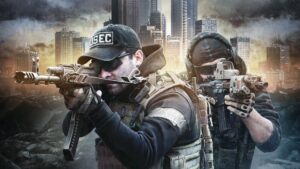Capcom Fighting Collection 2 is the latest fighting game compilation to hit modern platforms, bringing with it eight titles — including, for the first time, some 3D brawlers that haven’t been available to play in over a decade.
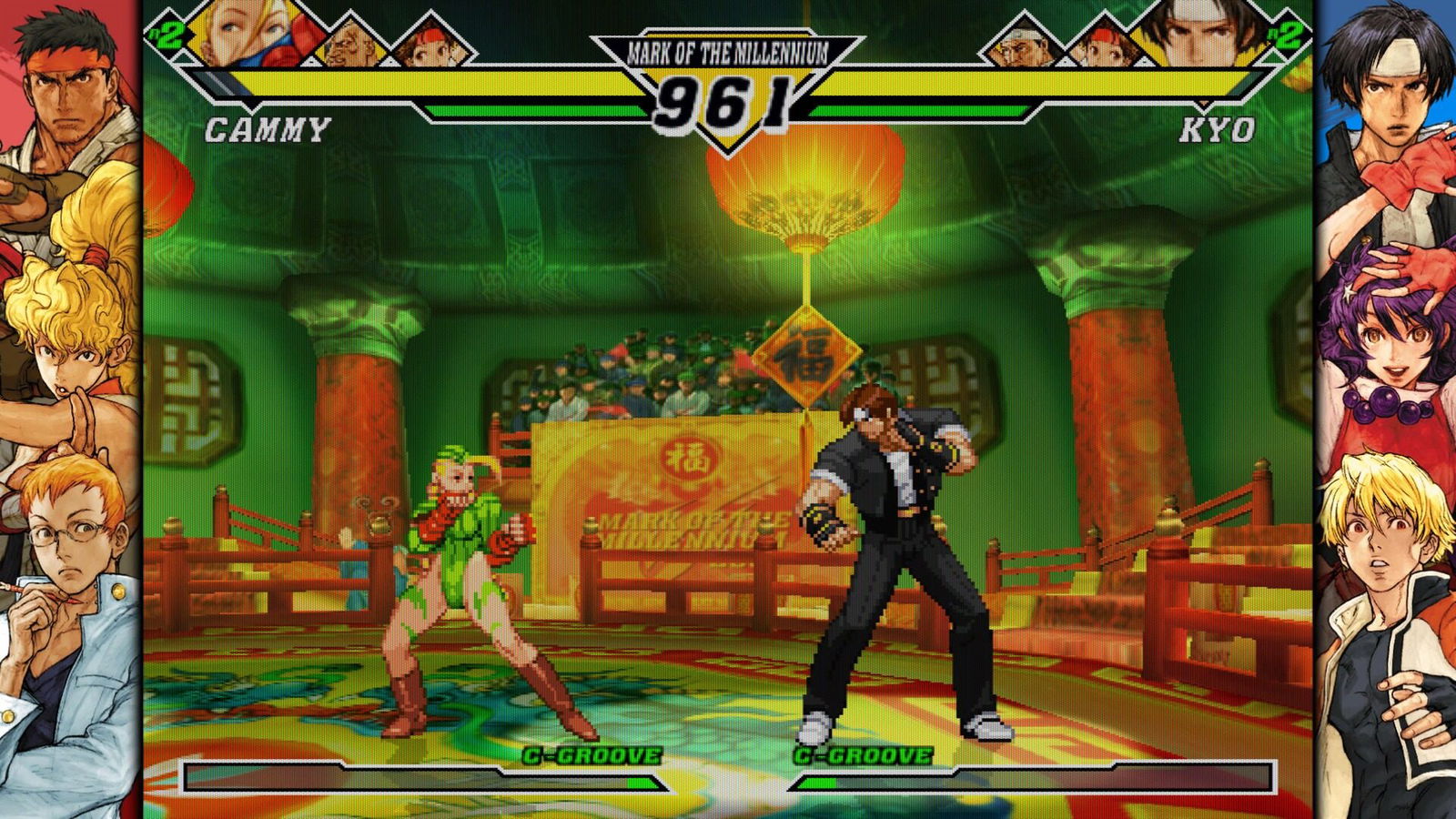
Before delving into the nitty-gritty of the inclusions, let’s go over the games featured. Capcom Fighting Collection 2 brings together four 2D titles and four 3D games. Starting with the 2D fighters, fans can relive some of the earliest days of crossover action with games like Capcom vs. SNK, Capcom vs. SNK 2, Capcom Fighting Evolution and Street Fighter Alpha 3 Upper.
“Capcom Fighting Collection 2 brings with it eight titles—including, for the first time, some 3D brawlers that haven’t been available to play in over a decade.”
On the polygonal side of things, Capcom Fighting Collection 2 brings with it the likes of Project Justice, Plasma Sword, and both Power Stone and Power Stone 2. The inclusion of 3D titles is quite exciting, particularly for fans of the Dreamcast and NAOMI arcade titles who wish to relive the early days of 3D fighting games with the comforts of netplay and other modern quality-of-life improvements.
With the recent release of Fatal Fury: City of the Wolves and the inclusion of some King of Fighters heavy hitters in Street Fighter 6‘s DLC roster, games like Capcom vs. SNK and its sequel feel like the cherry on top for long-time fighting game fans. Giving players access to what was once one of the coolest crossovers in video game history, both games in the collection feature the ability to form teams while borrowing elements from both Capcom and SNK classics. With the inclusion of the groove system, players can choose different fighting styles and gimmicks that feel true to the source material of the included characters.
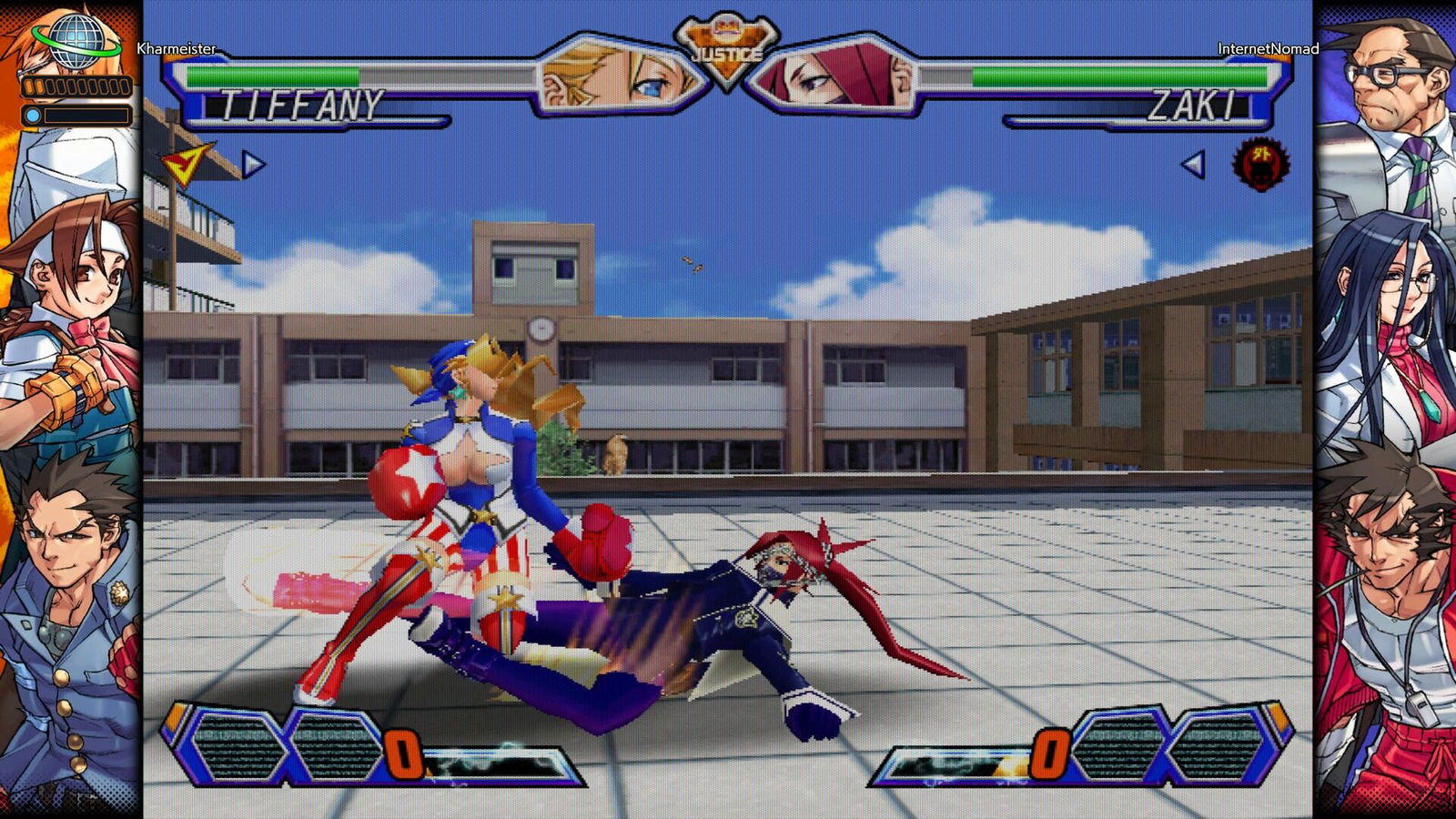
Moving on to one of the more contentious titles included within Capcom Fighting Collection 2, Capcom Fighting Evolution features characters from various Street Fighter titles in addition to the more monstrous heroes found in the Darkstalkers series and Red Earth. Realistically, most fighting game fans may struggle with this one. Still, its mere inclusion is a nice bonus and a win for video game preservationists, as the game does feature some unique encounters—particularly with the inclusion of some of the boss-level characters found in Red Earth—making for what may be the most unique title within the Capcom Fighting Collection 2 roster.
Moving on to the final 2D fighter present in the collection, players can dive into Street Fighter Alpha 3 Upper, which, for those unaware, is the definitive version of Street Fighter Alpha 3. It includes more stages, characters and balancing tweaks that take advantage of more powerful arcade hardware, making its inclusion the right move for Capcom Fighting Collection 2—especially if you’re like me and have memories of playing the Game Boy Advance edition of Alpha 3.
Arguably, the cooler inclusions in Capcom Fighting Collection 2 are the four 3D fighters, starting with Plasma Sword, which may be the most obscure title in the pack. The game is a weapon-based 3D fighter with a sci-fi aesthetic that fans of Marvel vs. Capcom may recognize, thanks to the inclusion of the character Hayato. Outside of the Soulcalibur-like weapon-based gameplay, Plasma Sword stands out with its Plasma Field attacks, which grant each character a unique area-of-effect move that can quickly change the outcome of a battle.
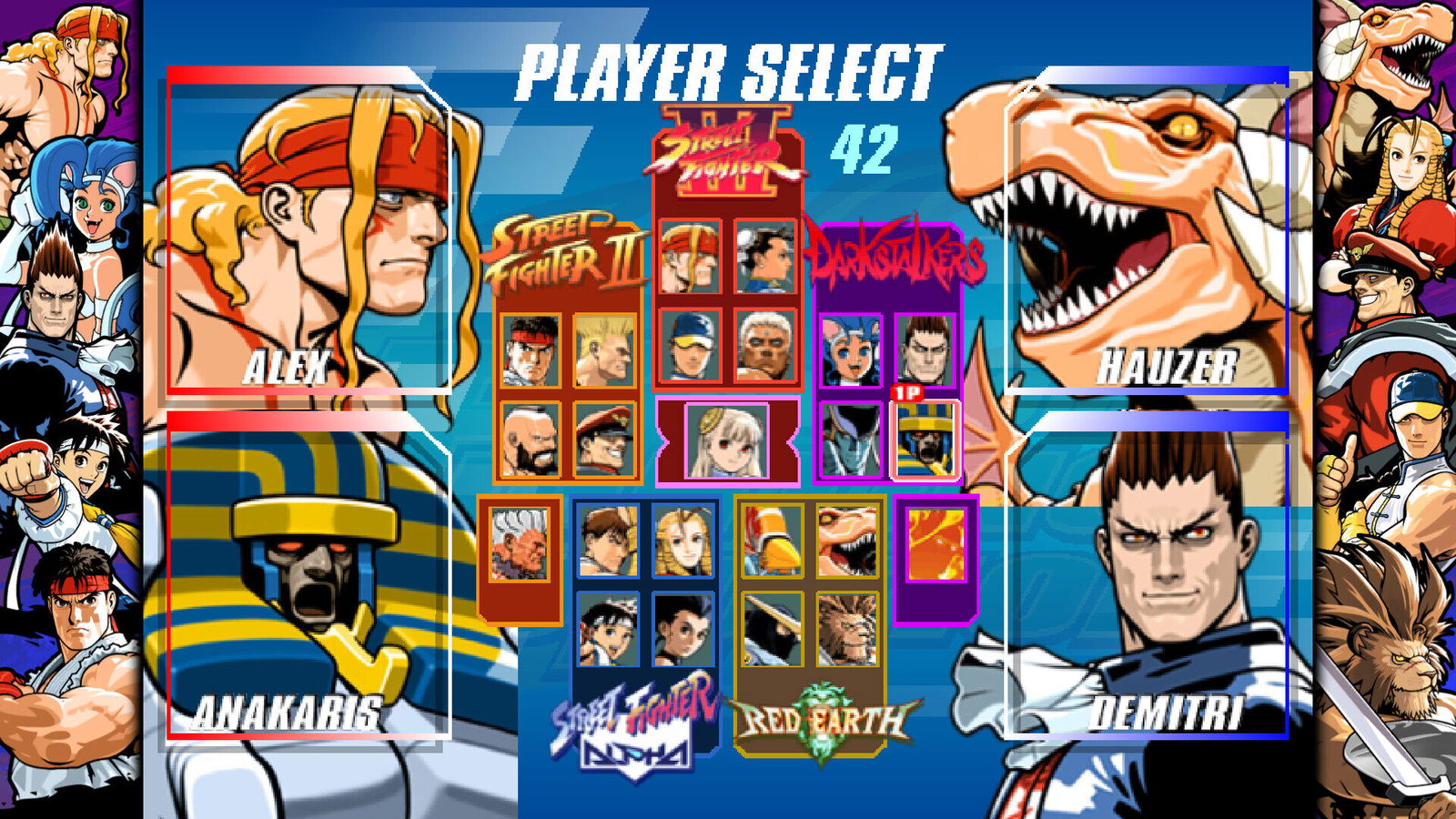
Project Justice, the follow-up to Capcom’s Rival Schools, ups the ante with a noticeable leap in graphical fidelity, branching story paths, team-up special attacks and an eclectic cast of anime high school archetypes that exude that distinctly late-’90s/early-2000s aesthetic.
“Capcom Fighting Collection 2 doesn’t change much in presentation, but it celebrates the eclectic depth of Capcom’s fighting legacy.”
Finally, Capcom Fighting Collection 2 heralds the return of the Power Stone games, which originally released on the Dreamcast before eventually arriving on the Sony PSP. Power Stone 1 features a tighter camera with a focus on smaller one-on-one matches. The sequel pulls the camera back, bumping the action up to four players while introducing multilayered stage hazards, adventure game elements, and a bigger pool of items to wreak havoc with—including everything from toy hammers to the iconic Mega Buster from Mega Man.
In terms of performance, all the games included in Capcom Fighting Collection 2 run as they should, with in-game assets looking sharp in HD. The only exception is minor UI elements—particularly in SNK vs. Capcom—which appear somewhat soft in contrast to everything else. Online matches and netplay are on par with previous releases. Playing online with my fellow CGMagazine writer and friend Khari proved to be a mostly painless experience, with no input lag or noticeable performance issues, aside from a few sync hiccups, which thankfully only occurred after matches were completed.
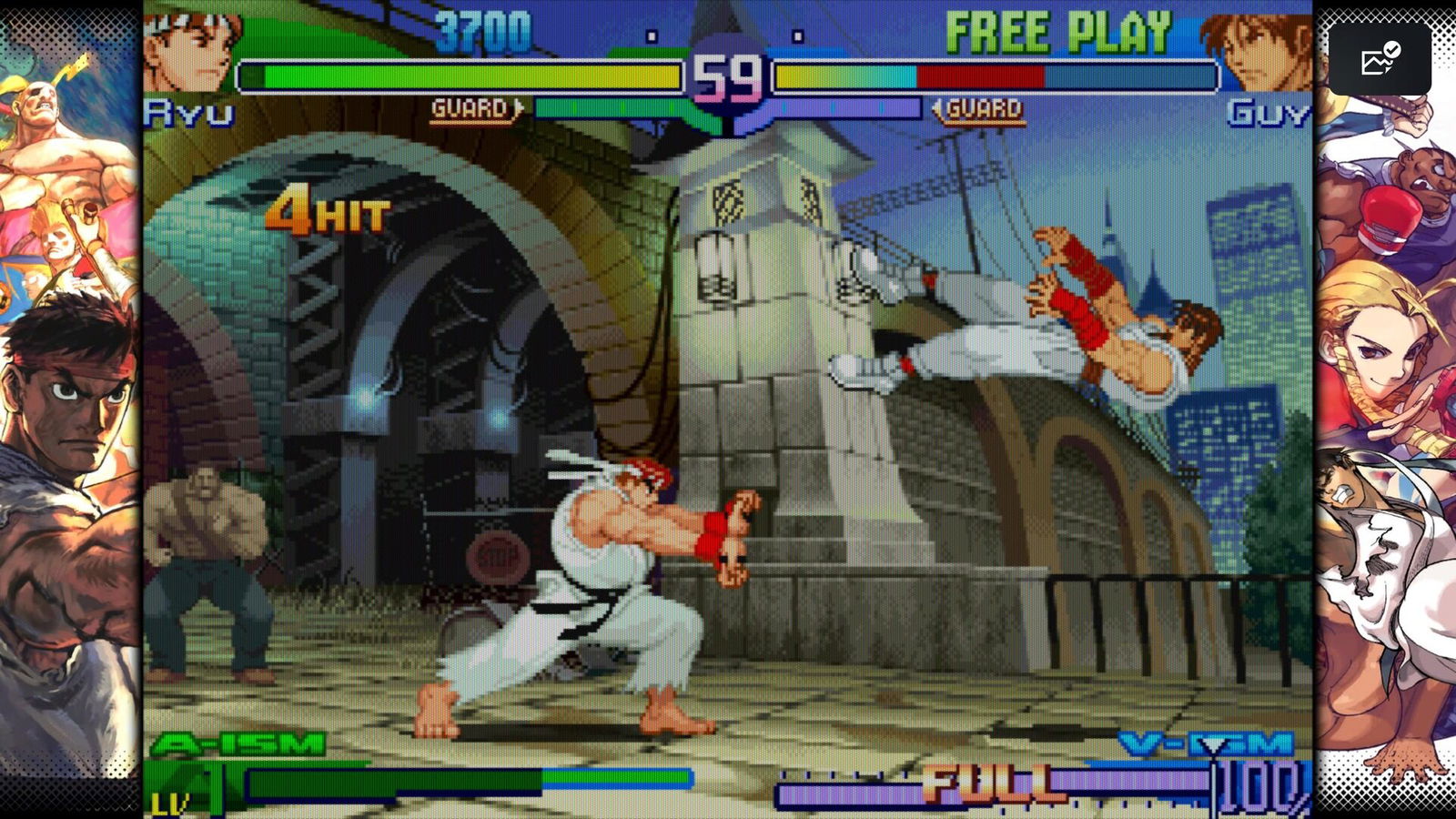
Capcom Fighting Collection 2 doesn’t change much in terms of presentation and performance compared to past releases. Still, this latest compilation goes beyond Street Fighter and highlights some of the more eclectic titles from Capcom’s deep catalogue of fighting game standouts.
